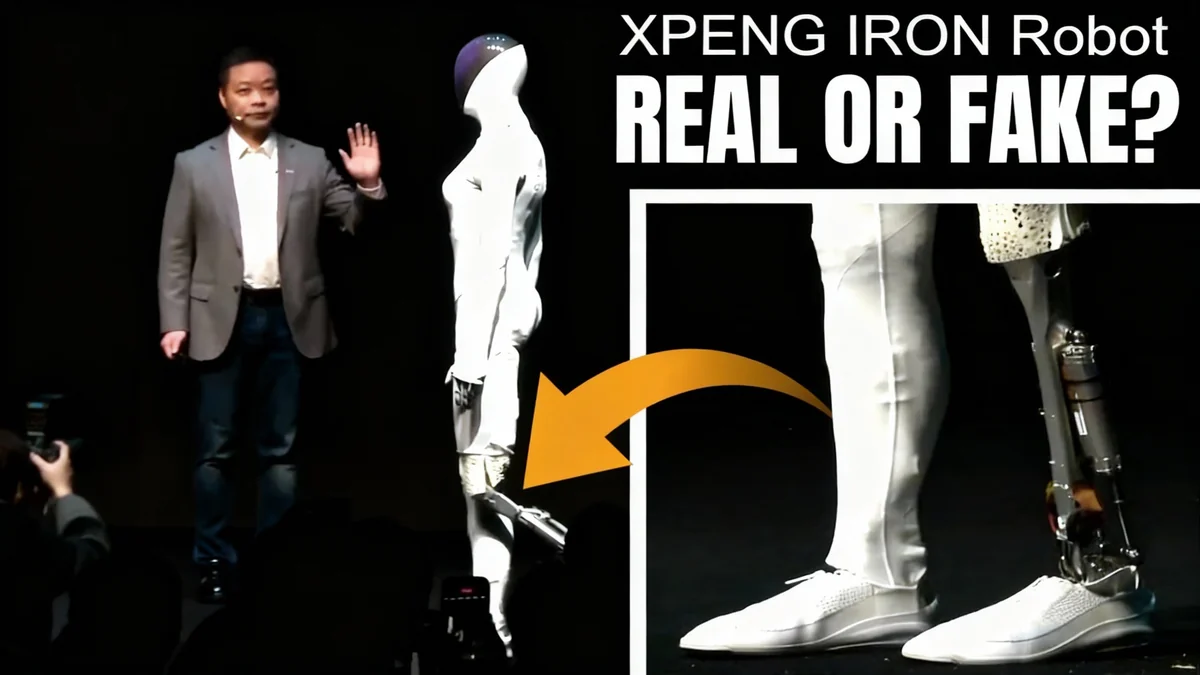Companies are heavily investing in generative artificial intelligence to increase efficiency, but a new study reveals an unintended consequence: the rise of low-quality, AI-generated work. This output, termed "workslop," is creating confusion, frustration, and significant financial losses for businesses due to wasted time and effort.
Research from the Harvard Business Review and the Stanford Social Media Lab indicates that this phenomenon is not isolated, affecting a large portion of the workforce and costing a typical 10,000-employee company an estimated $9 million annually in lost productivity.
Key Takeaways
- A new study introduces the term "workslop" to describe low-quality, AI-generated reports, presentations, and other professional materials.
- An estimated 40% of U.S. employees have received workslop in the past month, with an average of 15.4% of their received work fitting this description.
- For a company with 10,000 employees, the annual cost of lost productivity from managing workslop is estimated at $9 million.
- The issue causes significant emotional strain, with employees reporting feelings of annoyance (53%), confusion (38%), and offense (22%).
Defining the 'Workslop' Problem
As businesses mandate the use of generative AI tools, a new challenge has emerged in the workplace. Researchers have identified "workslop" as a growing problem, defining it as shoddy or inaccurate work produced using AI with minimal human oversight, effort, or critical review.
This term, coined in a collaborative study by the Harvard Business Review and the Stanford Social Media Lab, extends the concept of "AI slop" seen on social media platforms into a professional context. It applies to poorly constructed reports, unclear presentations, and other documents that prioritize speed over quality.
The core issue is not the use of AI itself, but rather its misuse. When employees rely too heavily on the technology without verifying facts, refining language, or adding necessary context, the output often requires more work from the recipient to correct and understand.
Background of the Study
The findings are based on a comprehensive survey of 1,150 full-time employees across a diverse range of industries in the United States. The research aimed to quantify the prevalence and impact of low-quality, AI-assisted work in professional environments.
The Widespread Impact on Productivity
The study's data reveals just how common workslop has become. According to the survey, 40% of all respondents reported receiving work that fits the description of workslop within the last month. This suggests a significant portion of the workforce is now dealing with the downstream effects of poorly executed AI-generated content.
For those who receive it, the volume is substantial. On average, employees who encounter workslop say that 15.4% of the work they receive from colleagues falls into this category. This means a considerable part of their workday can be consumed by deciphering, correcting, or redoing tasks that were intended to be completed.
Where Does Workslop Come From?
The research indicates that workslop is primarily a peer-to-peer issue, with 40% of instances occurring between colleagues at a similar level. However, it also flows through the organizational hierarchy:
- From Direct Reports: 18% of workslop is passed from employees to their managers.
- Sector Disparities: The problem is reported to be disproportionately high in the technology sector, where AI adoption is most advanced.
The Financial Drain of Inefficiency
The study calculated the financial consequences of this lost time. For a company of 10,000 employees, the cumulative hours spent correcting and managing workslop translate to approximately $9 million in lost productivity per year. This figure highlights a significant hidden cost associated with the rapid adoption of generative AI tools without proper guidelines.
The Human and Social Consequences
Beyond the financial costs, workslop has a tangible impact on employee morale and workplace relationships. The burden of fixing low-quality work creates friction and negative emotions among team members.
When asked how receiving workslop made them feel, survey respondents reported a range of negative reactions:
- 53% felt annoyed
- 38% felt confused
- 22% felt offended
These feelings contribute to a stressful work environment. Recipients not only have to spend extra time correcting mistakes and filling in missing information, but they also face the awkward social challenge of addressing the quality issue with their peers or, in some cases, their direct reports or managers.
"The emotional toll involves more than just the frustration of redoing a task. It includes the stress of navigating difficult conversations about work quality and professional standards diplomatically," the research suggests.
A Broader Pattern of Low AI Returns
The findings from the Harvard Business Review study align with other recent research questioning the immediate return on investment from generative AI. An earlier study from the MIT Media Lab in July found a significant disconnect between investment and value.
According to the MIT research, despite companies investing between $30 billion and $40 billion in generative AI technologies, an overwhelming 95% of these organizations reported receiving zero tangible return from their investment.
Together, these studies paint a picture of a technology landscape where enthusiasm and investment have outpaced practical, effective implementation. While the potential for AI to boost productivity remains high, the emergence of workslop demonstrates the critical need for training, quality control standards, and a cultural emphasis on accountability to ensure that these powerful tools deliver on their promise instead of creating more work.





